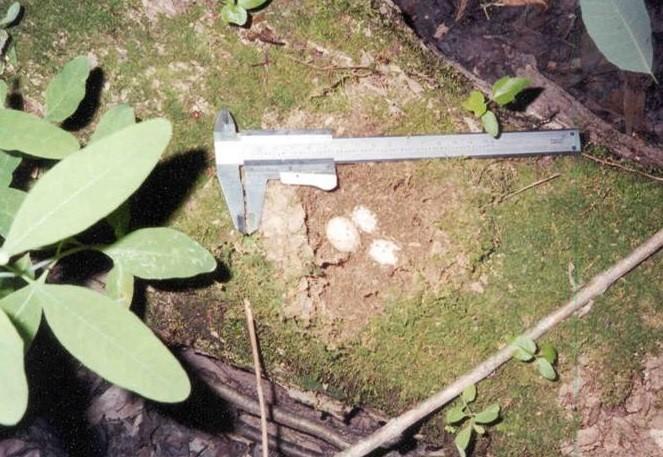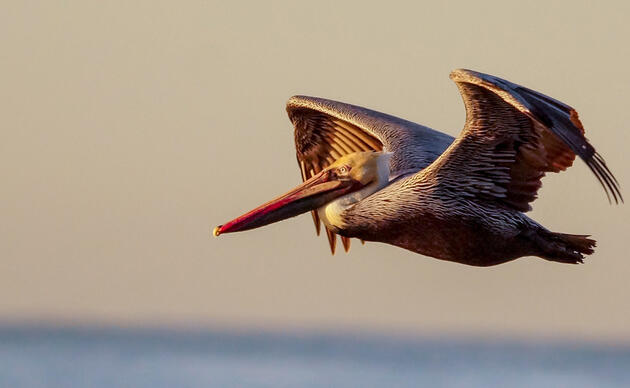Last week, standing on the Beidler Forest boardwalk, one of my university students spotted something off among the trees: a slight motion on the dark forest floor.
“May I?” he asked. At a nod from Beidler staff, he vaulted over the handrail. He returned clutching a small, dark turtle with yellow spots on its back and a few notches and drill holes in its shell.
Notches? Drill holes? Yep, it was one of my girls. Back in the hotel room, poring over old records on my computer, I realized that this was the most special turtle I’d studied 17 years ago: the one who introduced me to a whole new world of turtle behavior.
In the 1990s, I was studying spotted turtles at the Georgian Bay in Ontario, Canada, the northern end of their range, for my Master’s degree. The habitat there is a beautiful natural mosaic of rock outcroppings and low wetlands. The turtles forage in the wetlands, and nest on the rocks.
When it came time to do my dissertation, I wanted to follow this same species south. Beidler Forest welcomed me with open arms in 1999, and that’s where I spent much of the next few years. It was a great privilege to be allowed off the boardwalk, to get my feet wet wandering among the ancient trees.
But at Beidler, there wasn’t a rock outcropping in sight. So when she’s gravid — full of fertilized eggs — what’s a spotted turtle to do?
Imagine my excitement, then, on the night of May 22, 2000, as I radio-tracked a turtle marked 6F deeper into the swamp forest. I knew 6F was gravid. I’d felt the eggs by inserting my fingers into her leg pockets, and I’d ex-rayed her too.
6F was skittish, so I couldn’t get too close. But the moon offered enough light so that I could see her standing on a rotten log with her rear end tucked into some moss. I kept perfectly still among the thousand-year-old trees, watching her while I listened to the chorus of swamp life all around me. My field notes say, “What’s she doing? Moonlight basking?”
I marked her location and then moved away. The next morning I went to investigate the spot, and when I moved aside the moss, here’s what I saw:

So it was thanks to 6F that I learned where spotted turtles nest in the southern portion of their range. It was thanks to 6F that I got to watch a nest hatch out in that ethereal, mystical night forest. And it was thanks to 6F, a prodigious mother, that I published a paper noting that a spotted turtle could lay three clutches of eggs in one summer. Before that, observers had seen just one clutch per season.
So how uncanny is it to return to Beidler Forest 17 years later and end up nose to snout with 6F herself?
Who, by the way, has kept her svelte figure. She was still the same size and weight as she was in the year 2000 — not surprising, as female spotted turtles may live as long as 110 years (males as long as 65 years).
It’s humbling to hold a small creature in your hand that’s probably way older than you are. And thrilling to tell her story to a new generation of biologists.
As my student climbed back over the railing to release 6F onto the forest floor, it occurred to me how radically my life has changed since the first night I tracked her through the swamp. I’ve relocated multiple times. Worked my way up to full professor. I’m a wife and a mother, too, with my own nest and offspring.
But 6F moves to a different rhythm. One so slow that my calipers can’t detect a change. Beidler, too, is the same forest it was 17 years ago, and 1,000 years before that.
As my students laughed and jostled at the boardwalk railing, watching 6F vanish into the dark tangle below, I looked up at leaves, at sky. It’s a privilege, as always, to stand here among the ancient trees.
Dr. Litzgus is Professor of Biology at Laurentian University in Ontario, Canada.



